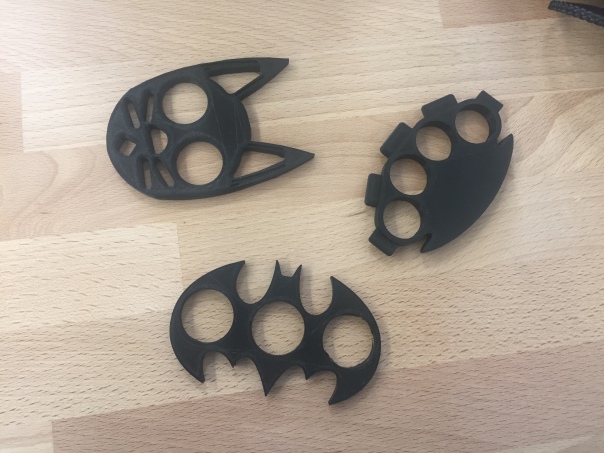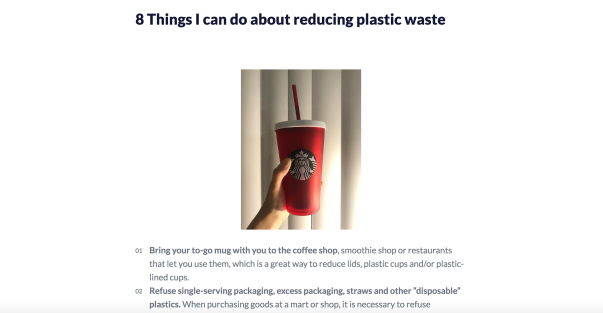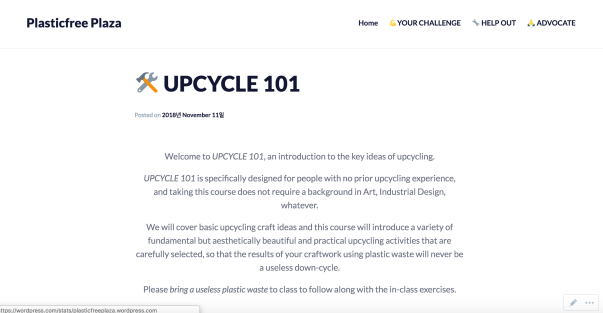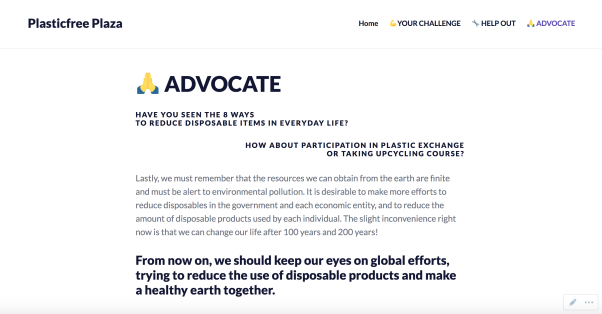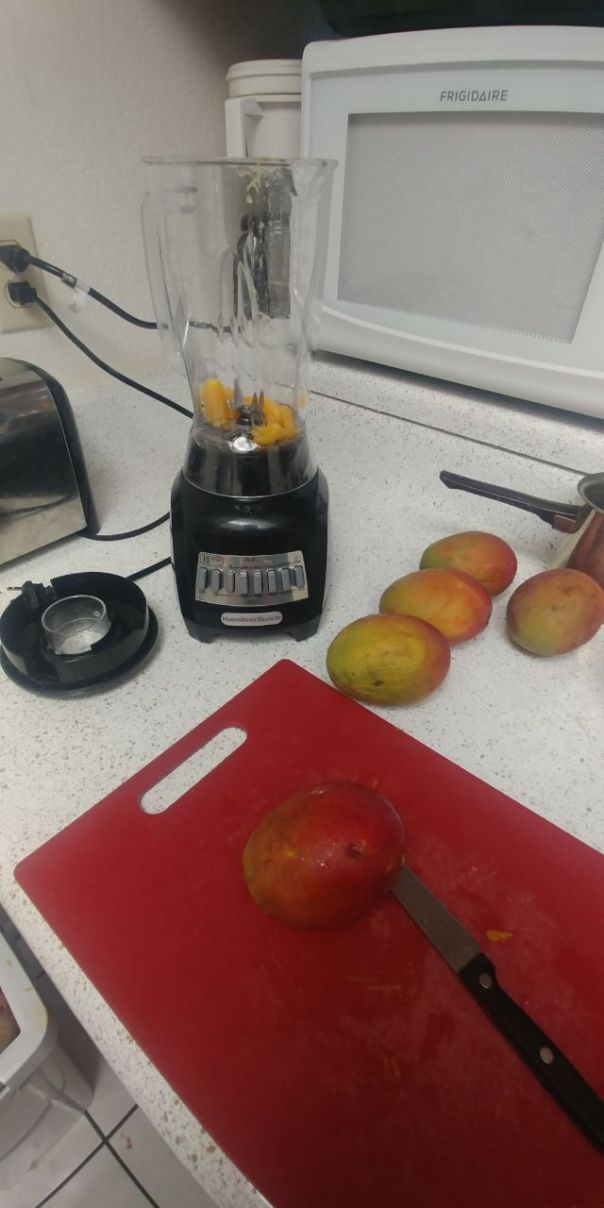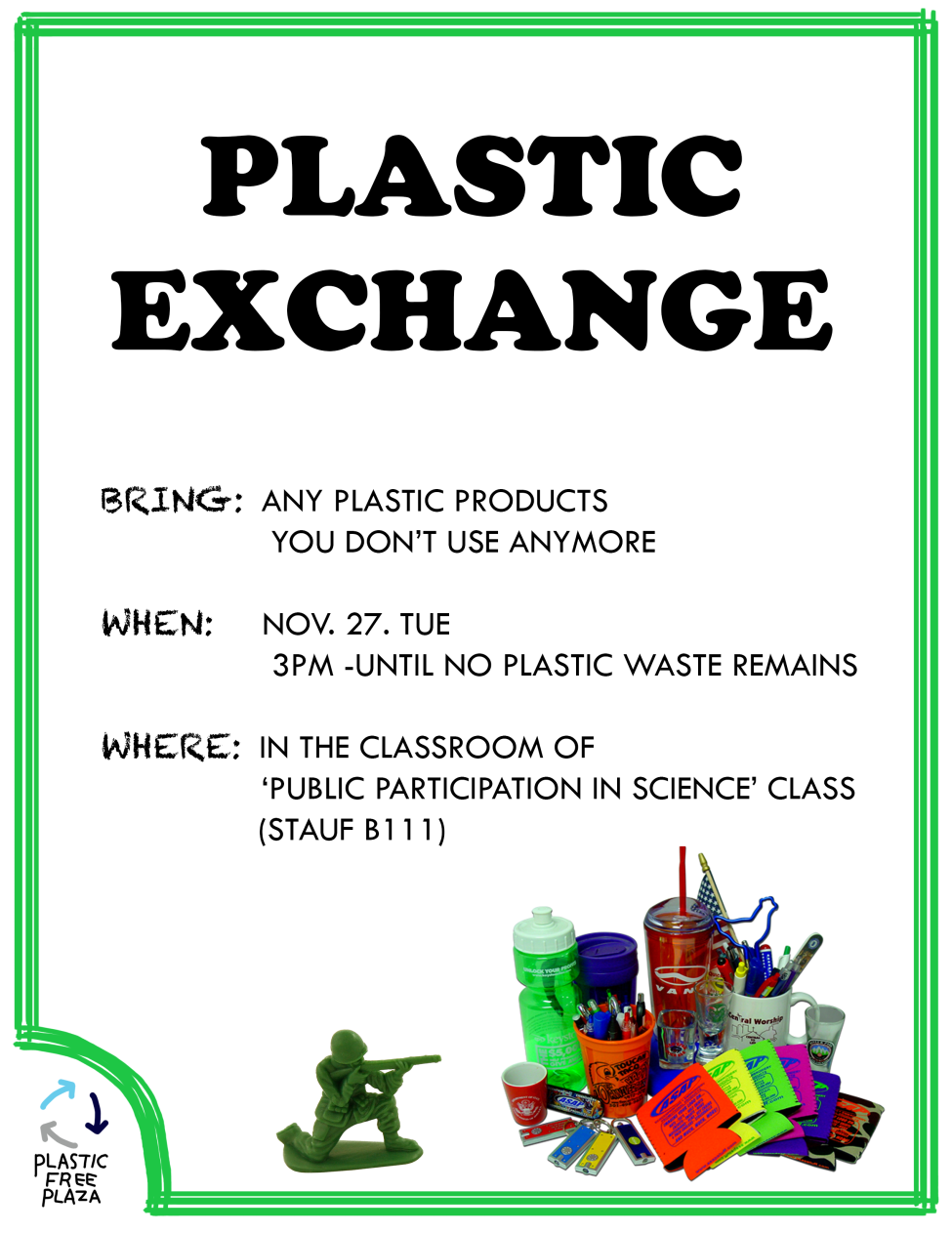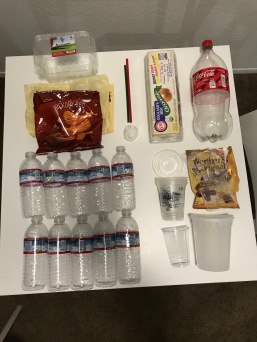Today we share the last class of Public Participation in Science, as well we experience Melting island proposal.
With the maps of Tuvalu and Toga, as well as melting Vanuatu, we discuss climate change, at the moments that the ice from our coups and poles was melting by the heat. For me, the conversation was a moment of deep attention, with a respectful reflexion and an intense atmosphere. In my perception, those fragile models of Vanuatu’s islands were more affective than effective, distorting the enviroment in the first moment of deep contemplation about the systemic effects of capitalism.
Andrew (H) break the ice, sharing some feelings about disappearing places, introducing us a new flavor of nostalgia. Ale shared about Cancun post-disaster reconstruction, and a conversation about Real State in coastal Florida situated the feeling in an American setting. Mathew looks in the materiality and resources of this communities. Then, Hessun reflects about our understandings of the fragility and sensing, and Julian confess cracking the melting ice in his consumption.
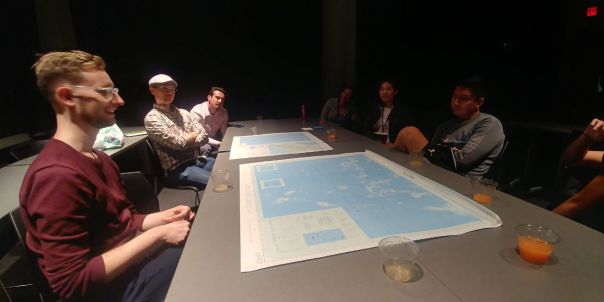
This exercise of critical design is not speculative. The current consumption of climate change, “as a narrative and as a product” (as Andrew wisely described) It’s a current act about the limits of our planet, the ways of living and the relevance of became an aware actor in the constellation of situations that contribute to climate change. As Andrew (R), who restrict his meat consumption, this artifact asks for the far-est consequence of our direct mode of existences in late capitalism.
I want to confess that the emotional reaction of the class for me was super unexpected. The silence which emerges, the contemplation space and the slow movements illustrate a deep feeling in our classroom. In addition, the experience is for me illustrative of the power of the artifact to grasp our awareness about these communities, places, and phenomenon at the same time, translating the ice in a multiplicity of discourses, self-contained in the glass and expressed by the meaningful experience.
I hope this experience was so powerful for you, as was to me. Thanks you.



